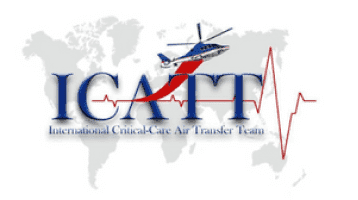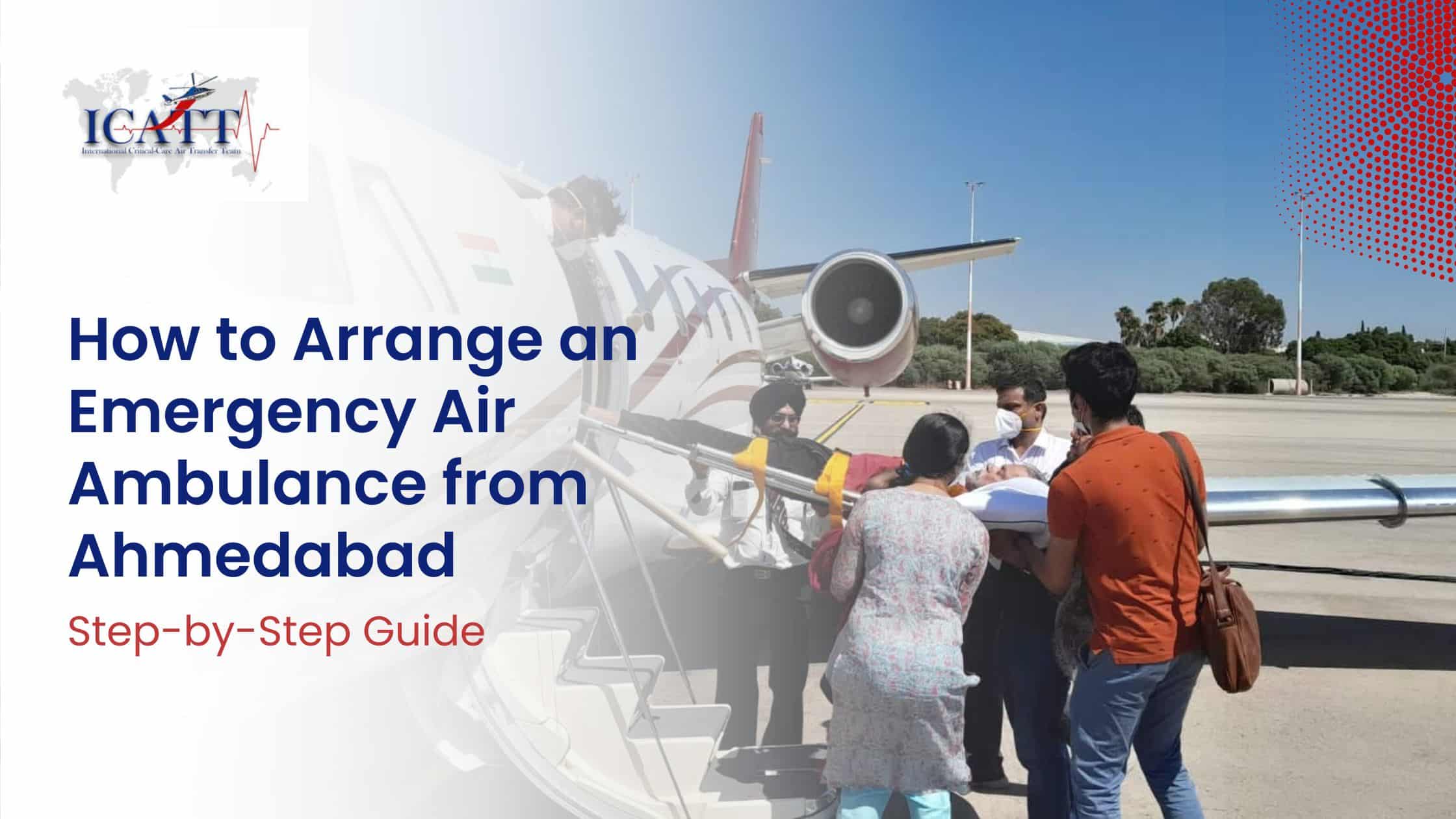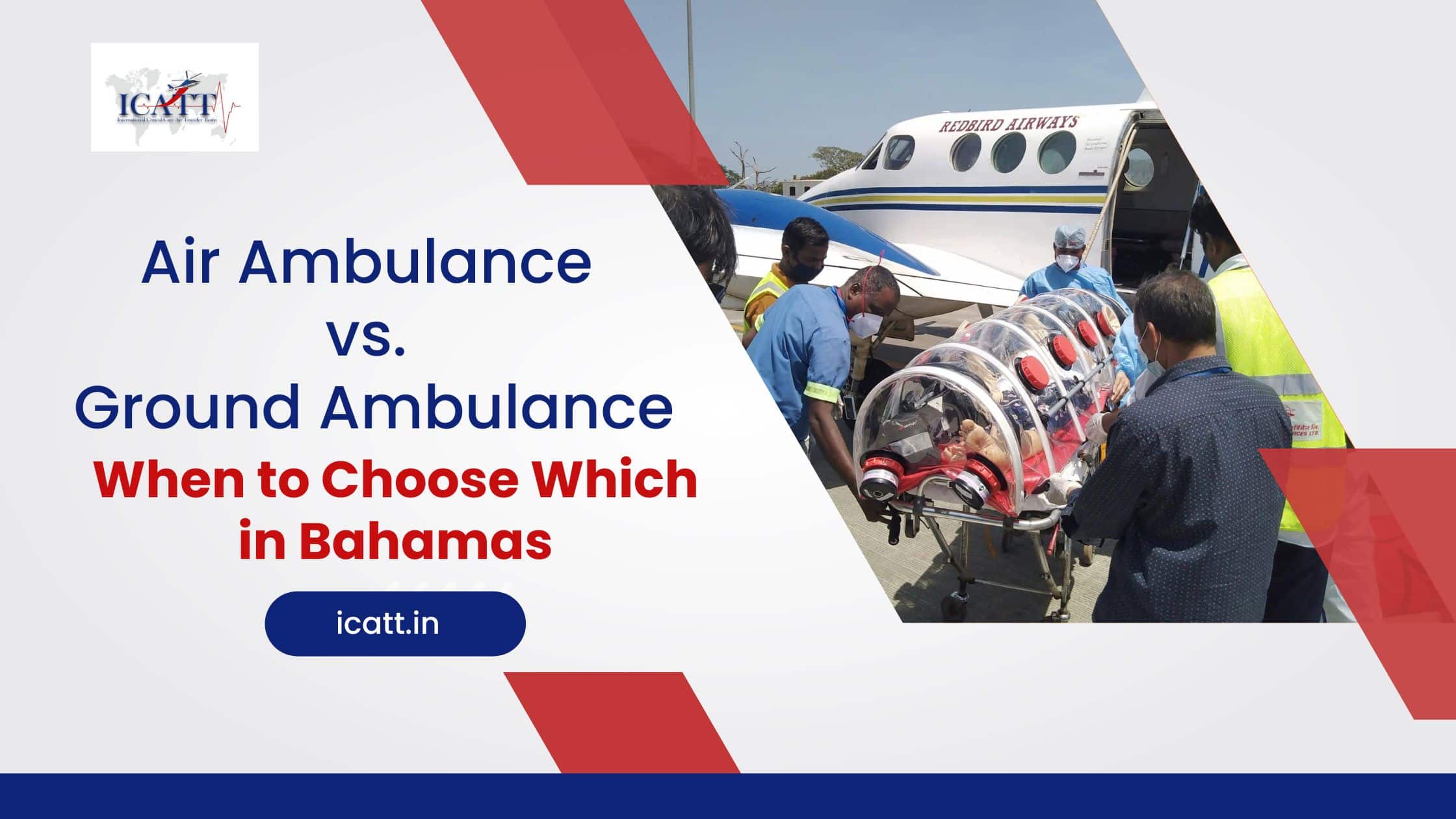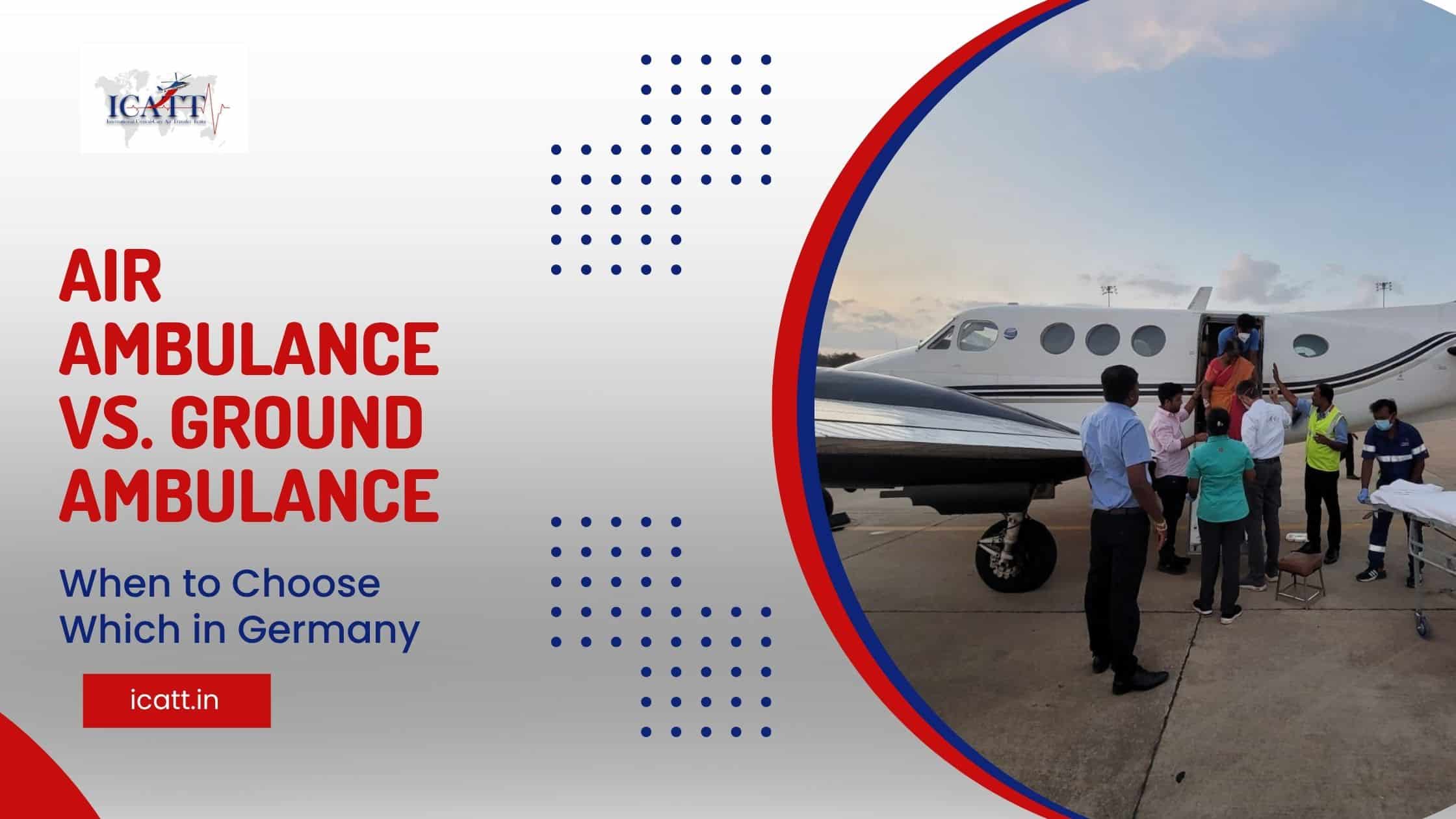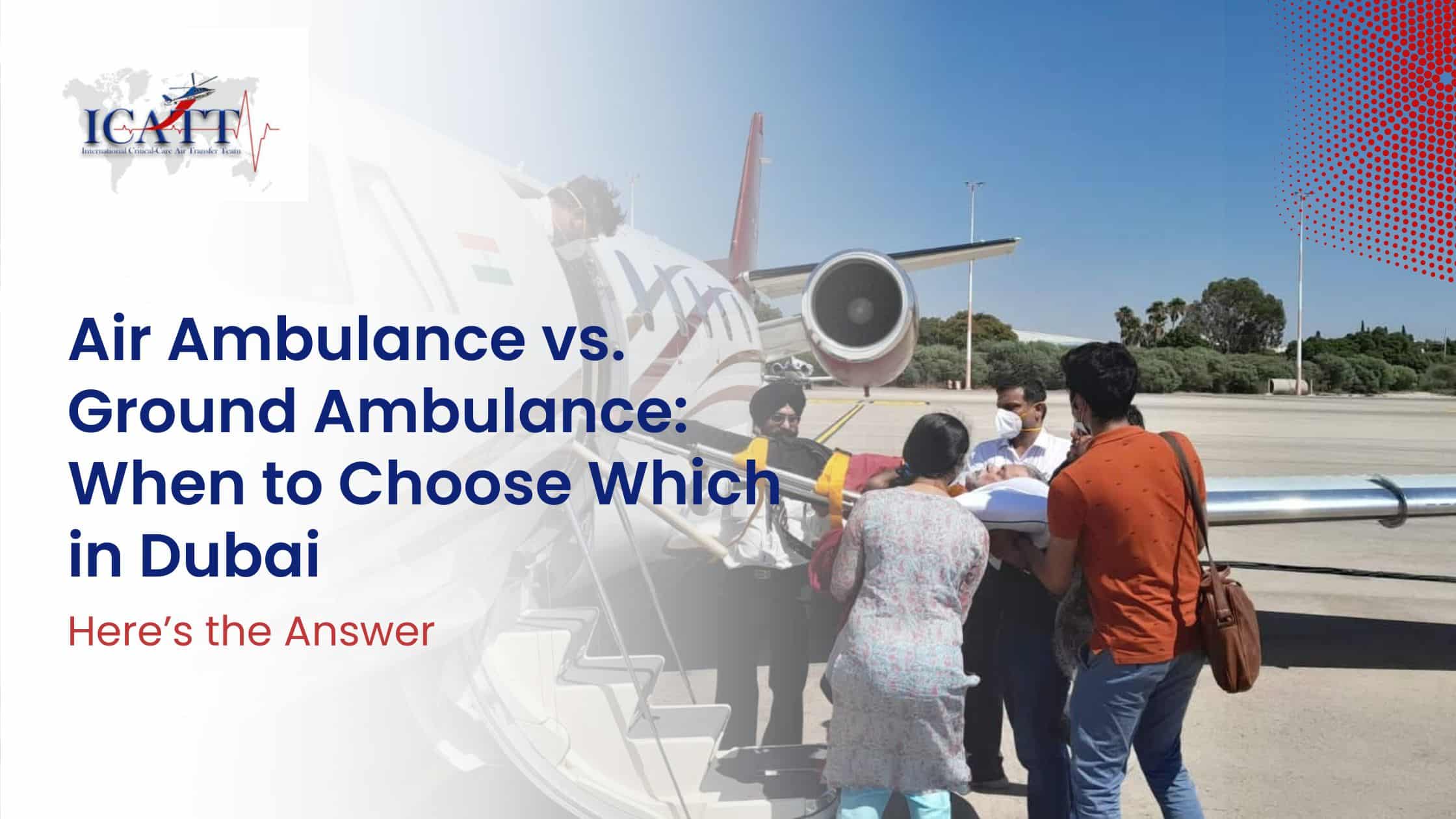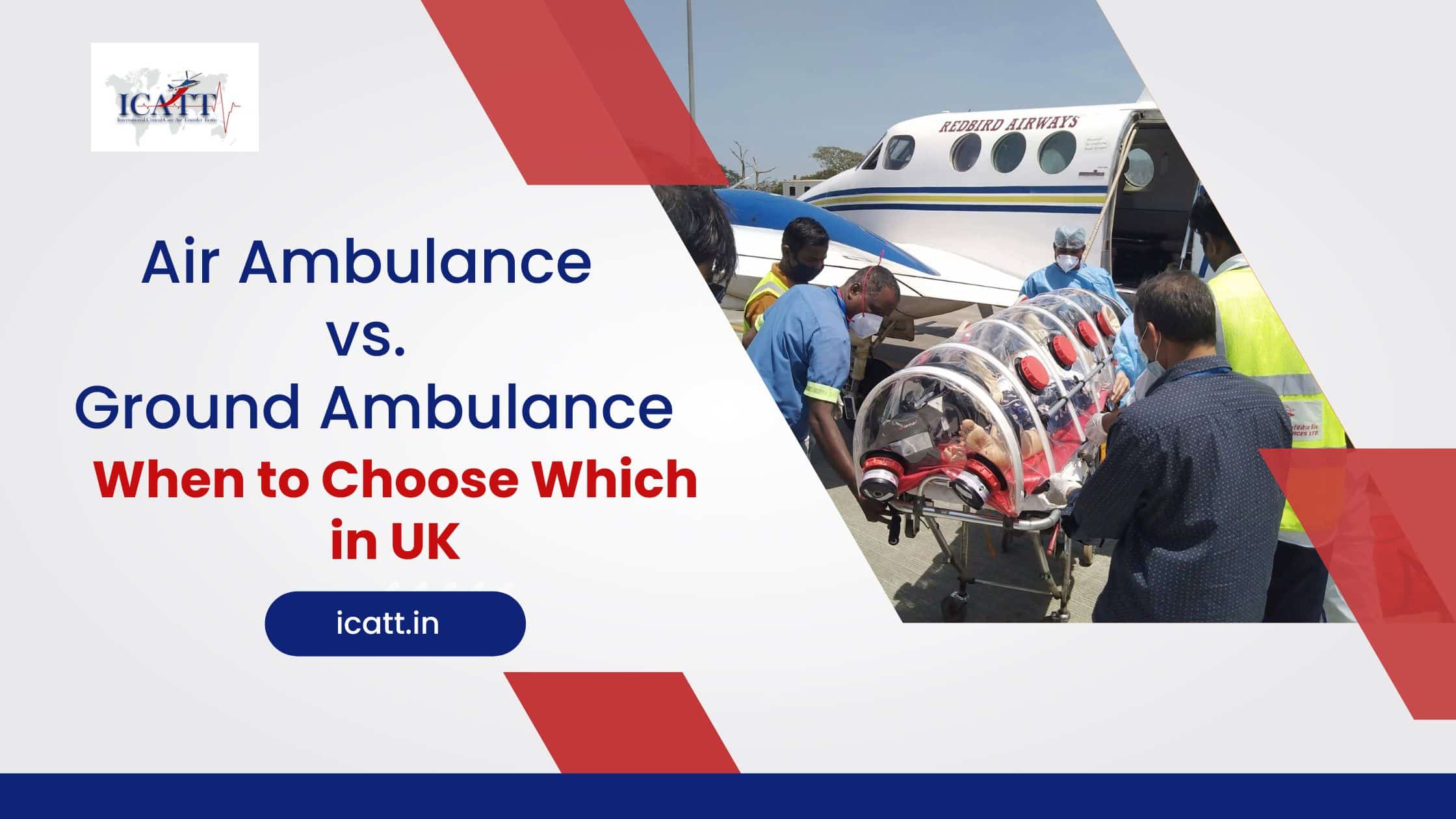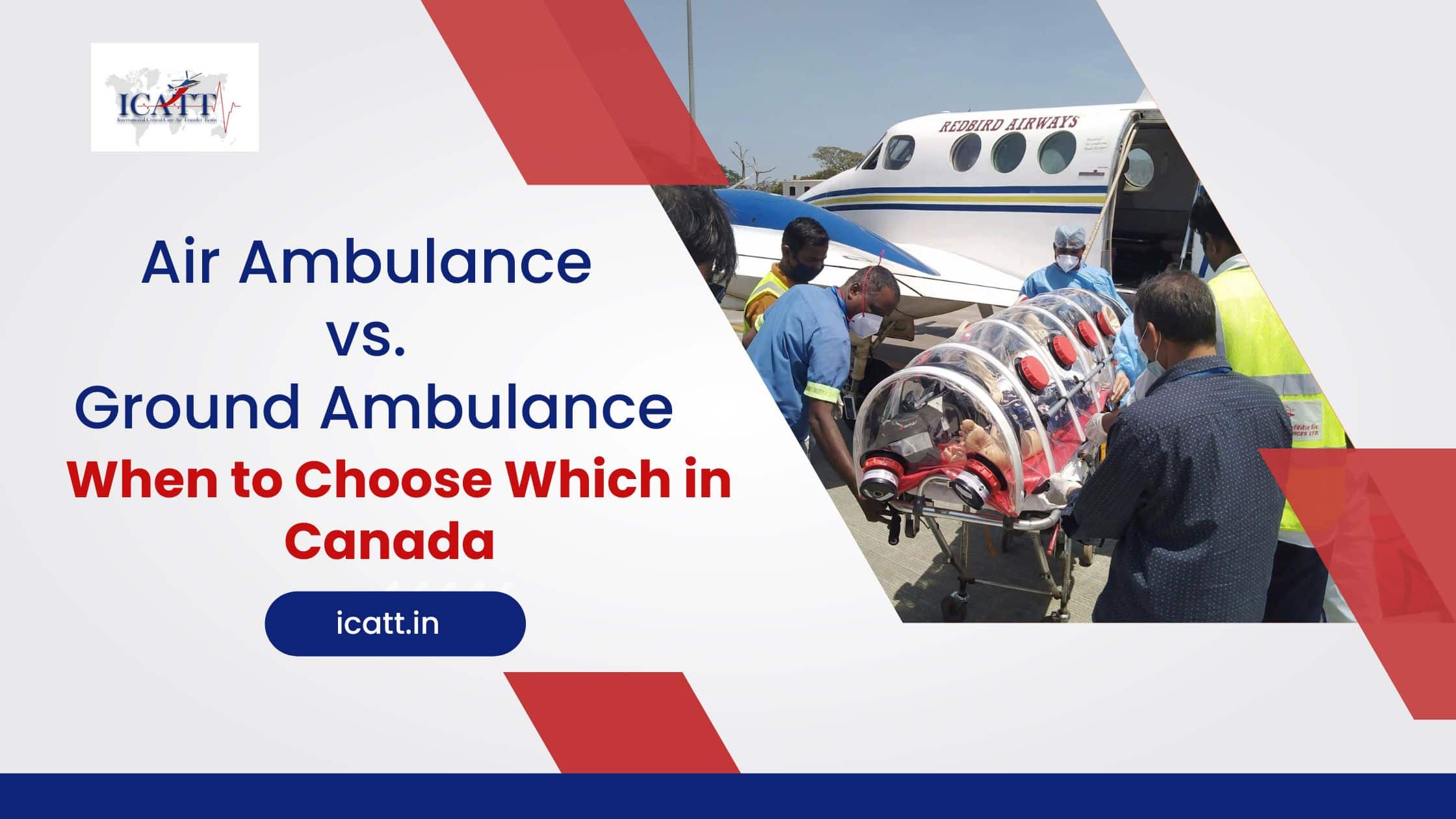In critical situations where time is of the essence, emergency medical flights can be the difference between life and death. These specialized air ambulances provide rapid transportation for patients who require urgent medical care, often from remote locations to advanced healthcare facilities. For organizations like ICATT (International Critical Air Transfer Team), providing such life-saving services is a mission-driven endeavor. But for individuals and families, understanding the costs, coverage, and key questions surrounding emergency medical flights is crucial to making informed decisions in moments of crisis.
Understanding Emergency Medical Flights
Emergency medical flights, often referred to as air ambulances, are equipped with advanced medical technology and staffed by skilled healthcare professionals, including doctors, and nurses. These flights are typically used for:
- Critical Trauma Cases: Patients involved in accidents or severe trauma requiring immediate care.
- Medical Transfers: Moving patients from remote or inaccessible locations to specialized hospitals.
- Organ Transplants: Transporting organs or patients in time-sensitive transplant scenarios.
- Neonatal and Paediatric Care: Transferring newborns or children who need advanced medical attention.
ICATT, as a global leader in air ambulance services, specializes in providing comprehensive care during medical flights, ensuring patients receive uninterrupted medical attention from takeoff to landing.
Costs of Emergency Medical Flights
One of the primary concerns surrounding emergency medical flights is their cost. Several factors influence the total expense:
- Distance Covered: Longer distances increase fuel and operational costs.
- Type of Aircraft: Fixed-wing aircraft (jets or planes) are more expensive than rotary-wing (helicopters), but they’re suited for longer distances.
- Medical Equipment and Staff: Advanced medical equipment and a highly skilled onboard medical team add to the cost.
- Urgency: Immediate dispatch or night-time operations can incur higher costs.
- Location: Remote or difficult-to-access areas may involve additional logistical expenses.
Questions to Ask Before Booking an Emergency Medical Flight
When faced with the need for an emergency medical flight, asking the right questions can ensure you’re making an informed decision:
- What services are included in the cost? Ensure clarity on whether the quote includes ground transport, medical equipment, and additional fees.
- What is the experience of the medical team? Ask about the qualifications and experience of the onboard staff.
- What type of aircraft will be used? Understand whether a helicopter or fixed-wing aircraft is best suited for your needs.
- Is the service available 24/7? Confirm availability for immediate response.
- Can the provider handle international evacuations? For global emergencies, ensure the service has experience with international regulations.
- What assistance is offered for insurance claims? A good provider will help streamline the claims process.
- What is the patient’s medical condition? Discuss the patient’s specific needs to ensure appropriate medical equipment and care are provided.
Why ICATT Stands Out
ICATT’s commitment to excellence makes it a trusted name in emergency medical flights. Here’s why ICATT is a preferred choice:
- Integrated Services: ICATT offers end-to-end patient care, from bedside to bedside, ensuring continuity of medical attention.
- Global Reach: With an international network, ICATT handles domestic and international evacuations seamlessly.
- Highly Skilled Team: ICATT’s medical crew comprises experienced FAM (Fellowship in Aeromedical Sciences) certified doctors trained for in-flight care.
- Advanced Technology: Aircraft are equipped with state-of-the-art medical equipment to manage even the most critical cases.
- Transparency: ICATT ensures clear communication about costs, processes, and expectations.
Planning Ahead: Why It Matters
Emergencies are unpredictable, but being prepared can make all the difference. Here are some steps to consider:
- Check Your Insurance: Review your health and travel insurance policies to understand coverage for air ambulance services.
- Research Providers: Familiarize yourself with reputable air ambulance providers like ICATT.
- Emergency Contacts: Keep a list of emergency contacts, including air ambulance providers, ready at all times.
- Understand Local Regulations: Be aware of the medical evacuation options in the countries you frequently travel to.
Conclusion
Emergency medical flights are a lifeline in critical situations, but understanding their costs, coverage, and processes is vital to navigating these high-stakes moments effectively. Providers like ICATT combine advanced technology, skilled professionals, and compassionate care to deliver life-saving services when they’re needed most.
By being informed and prepared, individuals and families can make confident decisions during emergencies, ensuring the best possible outcomes for their loved ones. When every second counts, trust in a provider like ICATT to deliver excellence in emergency medical care.
